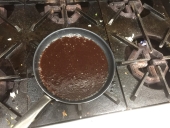
 6
6




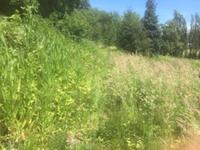
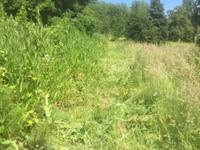
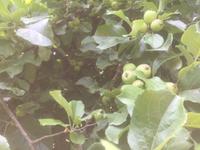
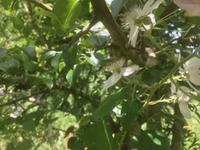
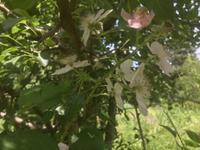
Dave's SKIP BB's / Welcome to Permies! / Permaculture Resources / Dave's Boot Adventures & Longview Projects














 5
5








Dave Burton wrote:Something I did today, as a gardening and homesteading project in Longview, WA, was maintaining a couple trails on the property.
Since plums are expected to be ripe around the end of June, it is important that access to the plum trees is navigable. So, I used an electric weed-whacker to chop down the stuff growing on the trails.


And these are some of the plums that I'm looking forward to harvesting! (or at least, I'm fairly certain I identified them correctly?)


The best gardening course: https://gardenmastercourse.com
Permies.com FAQ




Dave's SKIP BB's / Welcome to Permies! / Permaculture Resources / Dave's Boot Adventures & Longview Projects














 1
1




Living a life that requires no vacation.
 3
3




Idle dreamer
 6
6




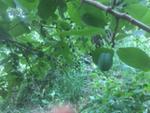
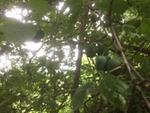
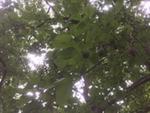
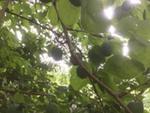

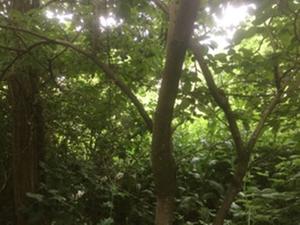
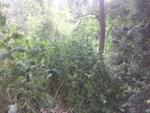
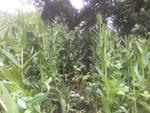
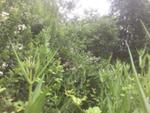
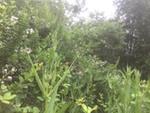
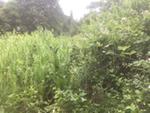
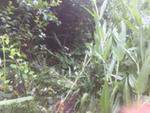
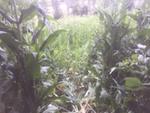
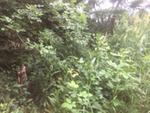
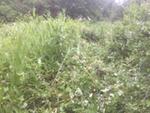

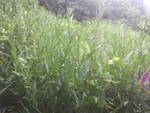
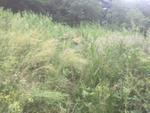
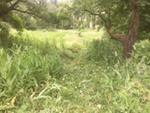

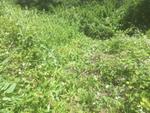
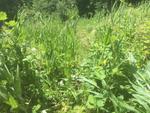
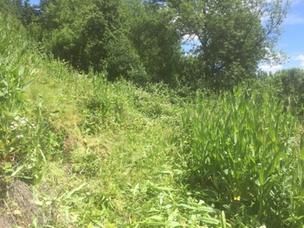
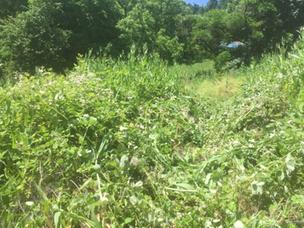
Dave's SKIP BB's / Welcome to Permies! / Permaculture Resources / Dave's Boot Adventures & Longview Projects














 1
1




 2
2





Just let it grow already




 1
1




 4
4




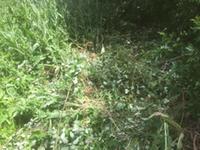
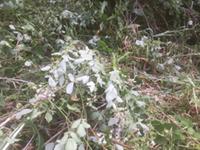
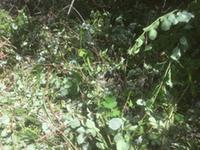
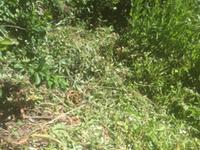


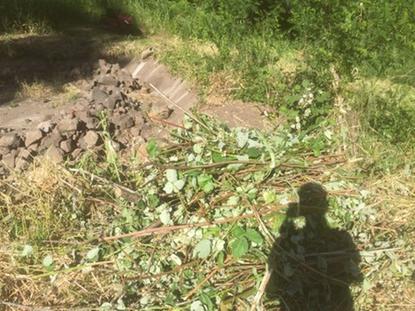
Dave's SKIP BB's / Welcome to Permies! / Permaculture Resources / Dave's Boot Adventures & Longview Projects














 2
2




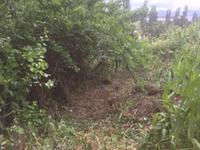
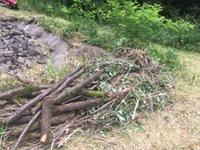
Dave's SKIP BB's / Welcome to Permies! / Permaculture Resources / Dave's Boot Adventures & Longview Projects















 1
1




Some places need to be wild




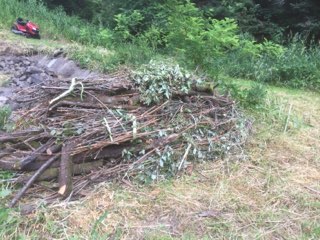
Dave's SKIP BB's / Welcome to Permies! / Permaculture Resources / Dave's Boot Adventures & Longview Projects
























 1
1




Some places need to be wild




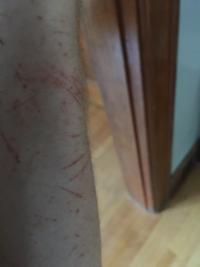
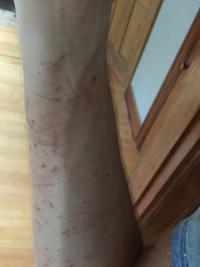
Dave's SKIP BB's / Welcome to Permies! / Permaculture Resources / Dave's Boot Adventures & Longview Projects














 1
1




Mediterranean climate, hugel trenches, fabulous clay soil high in nutrients, self-watering containers with hugel layers, keyhole composting with low hugel raised beds, thick Back to Eden Wood chips mulch (distinguished from Bark chips), using as many native plants as possible....all drought tolerant.
 2
2




Travis Johnson wrote:I have always felt that access was hugely important upon a homestead as well. If a person cannot easily get somewhere, then it just will not be accessed and thus cannot be enjoyed for a variety of reasons.
"Where will you drive your own picket stake? Where will you choose to make your stand? Give me a threshold, a specific point at which you will finally stop running, at which you will finally fight back." (Derrick Jensen)
 5
5




 3
3




Gardens in my mind never need water
Castles in the air never have a wet basement
Well made buildings are fractal -- equally intelligent design at every level of detail.
Bright sparks remind others that they too can dance
What I am looking for is looking for me too!





Dave's SKIP BB's / Welcome to Permies! / Permaculture Resources / Dave's Boot Adventures & Longview Projects














 2
2




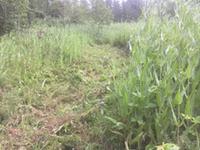
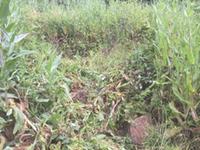

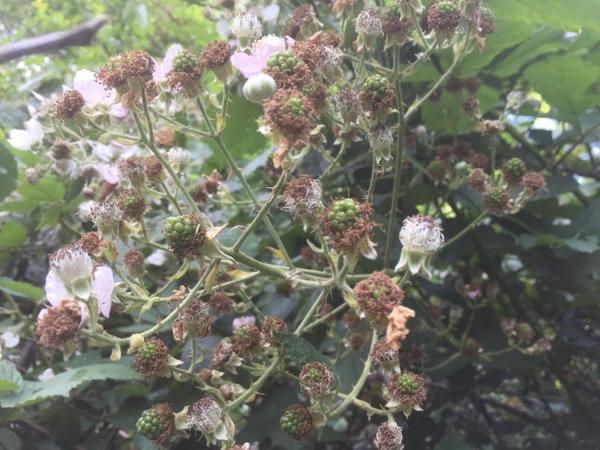
Dave's SKIP BB's / Welcome to Permies! / Permaculture Resources / Dave's Boot Adventures & Longview Projects



















|
This tiny ad is wafer thin:
The new permaculture playing cards kickstarter is now live!
https://www.kickstarter.com/projects/paulwheaton/garden-cards
|



